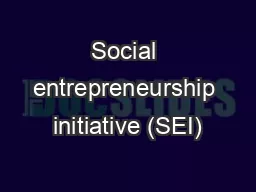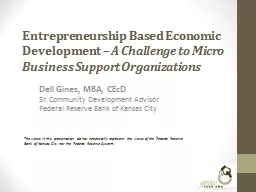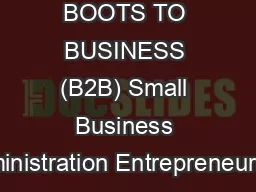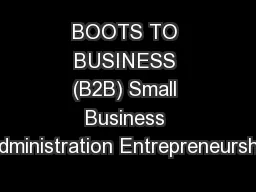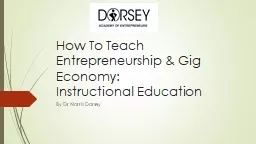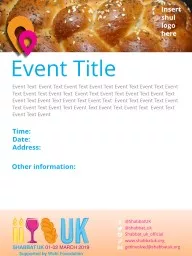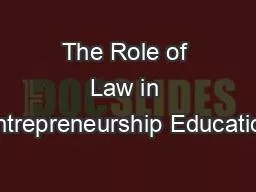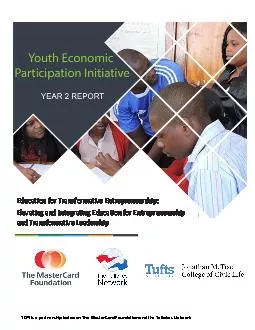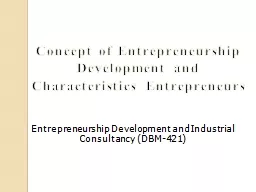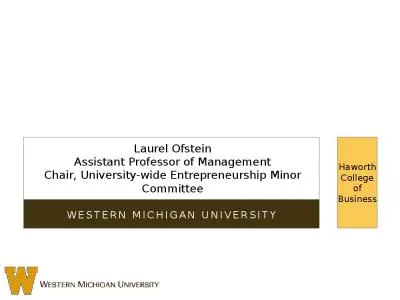PDF-The Entrepreneurship Written Event involves the development of a proposal to start a new
Author : lois-ondreau | Published Date : 2014-12-23
Any type of business may be used The Entrepreneurship Written Event will provide the participants with the opportunity to prepare a written proposal for a new business
Presentation Embed Code
Download Presentation
Download Presentation The PPT/PDF document "The Entrepreneurship Written Event invol..." is the property of its rightful owner. Permission is granted to download and print the materials on this website for personal, non-commercial use only, and to display it on your personal computer provided you do not modify the materials and that you retain all copyright notices contained in the materials. By downloading content from our website, you accept the terms of this agreement.
The Entrepreneurship Written Event involves the development of a proposal to start a new: Transcript
Download Rules Of Document
"The Entrepreneurship Written Event involves the development of a proposal to start a new"The content belongs to its owner. You may download and print it for personal use, without modification, and keep all copyright notices. By downloading, you agree to these terms.
Related Documents


